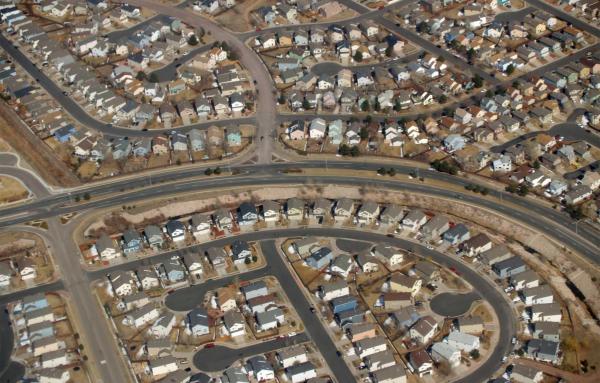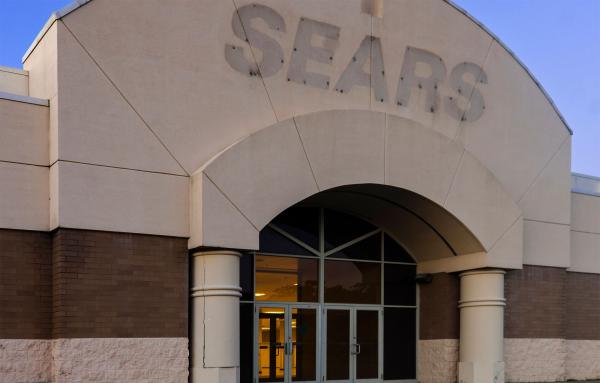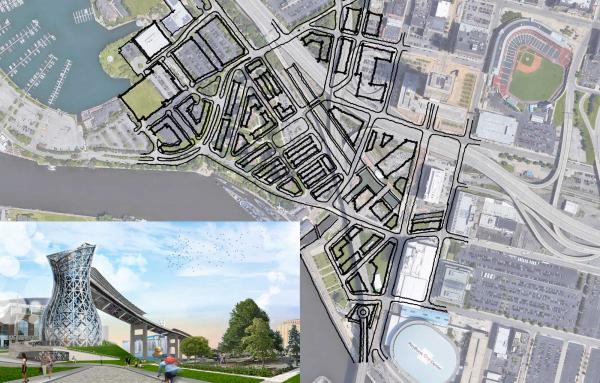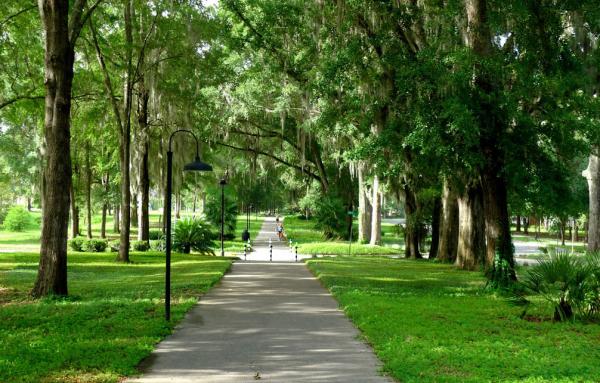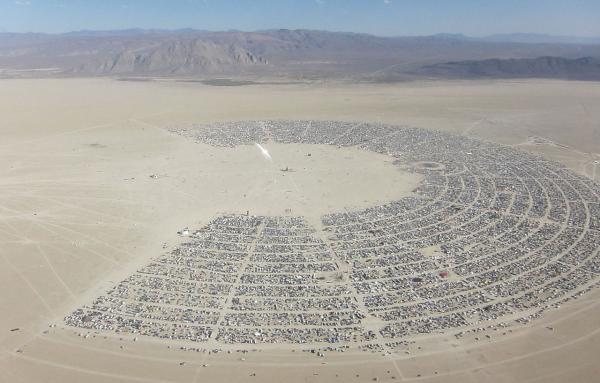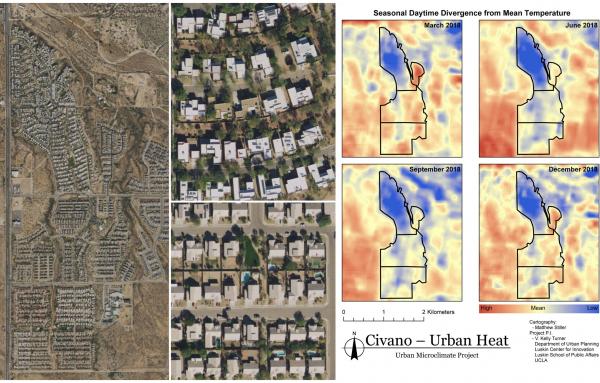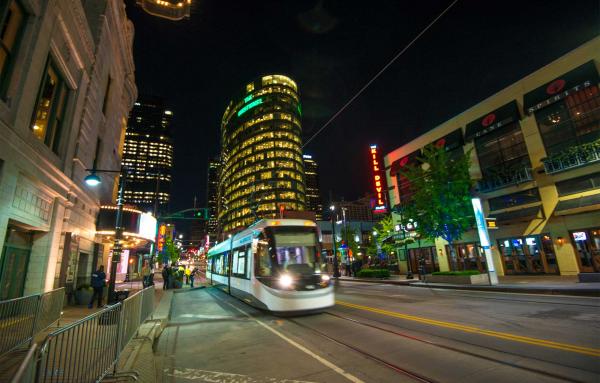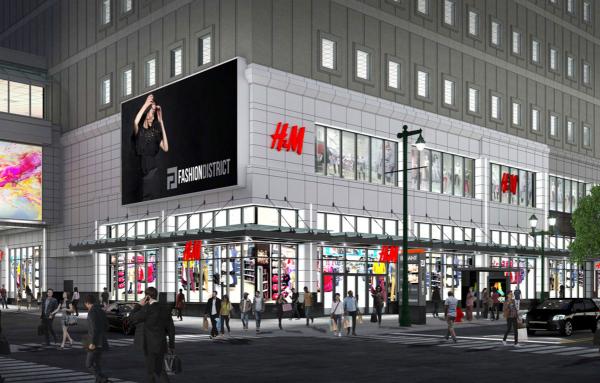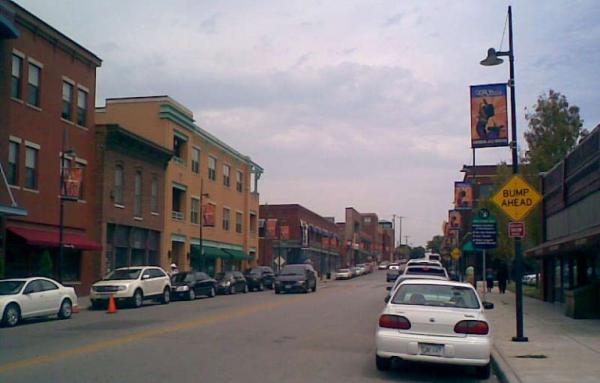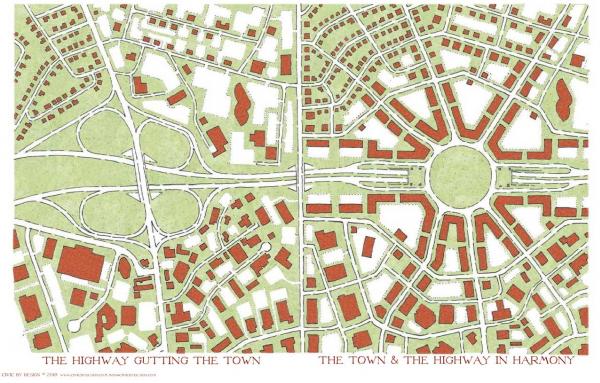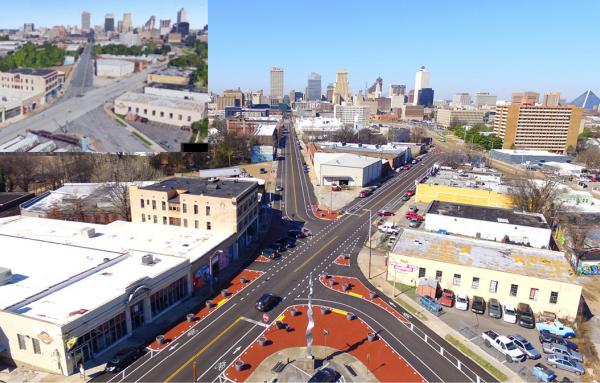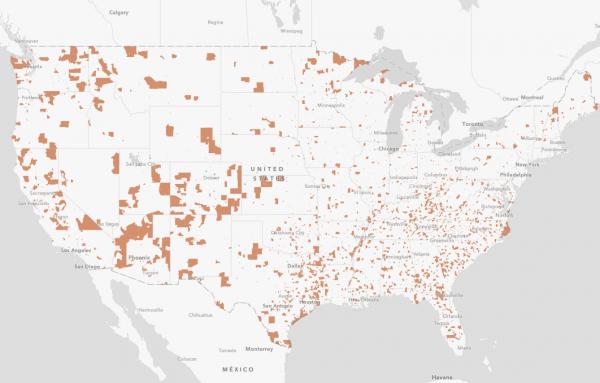RECENT ARTICLES – 2019
Suburbs may be defined in many ways, and a focus on walkability yields robust data aimed toward making better communities and sustainable regions.
A Google search for the so-called "retail apocalypse" generates more than 13 million results, but brick-and-mortar retail is growing. The data presents a more confident picture for urban and town planners, developers, investors, and merchants.
With the governor’s endorsement, CNU’s long-time recommendation to transform Buffalo’s Skyway is closer to reality. The city and state have an opportunity to implement the best ideas from the top proposals.
Linear greenways, through and bordering neighborhoods, are crucial design features of the most livable new urban communities. Here are examples of why and how they should be incorporated.
Street grids hold special power to solve problems of massive urbanization, according to Nobel Prize winning economist Paul Romer.
A Tucson neighborhood with new urban/sustainable design outperforms conventional suburban tract housing environmentally—with lower temperatures—socially, and economically.
Three heartland cities are investing to strengthen the downtown core and build a framework for regional multimodal transportation.
Even as e-commerce takes market share and national chain stores close, demographic shifts have created a growth market for downtown retail and mixed-use.
There's another side to Opportunity Zones: They could be a catalyst for an emerging system of building community wealth that is bottom-up and local—focusing on the "whole neighborhood."
For about a quarter of typical road diet costs, semi-permanent street transformations have been successfully demonstrated in two cities.
Urbanists can do lot to help improve outcomes in particular Opportunity Zones. Here’s a checklist based on lessons from real communities.
